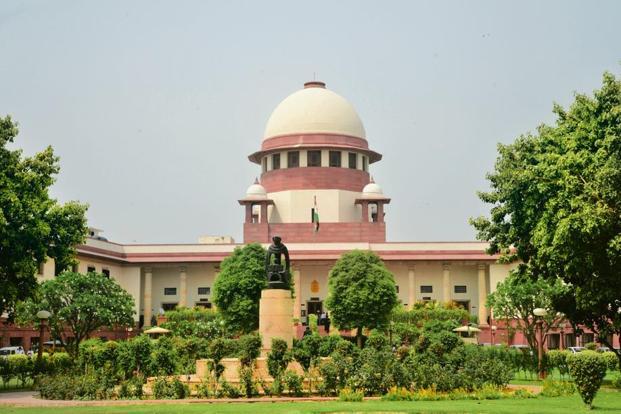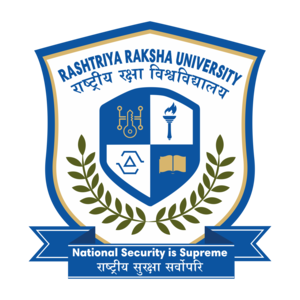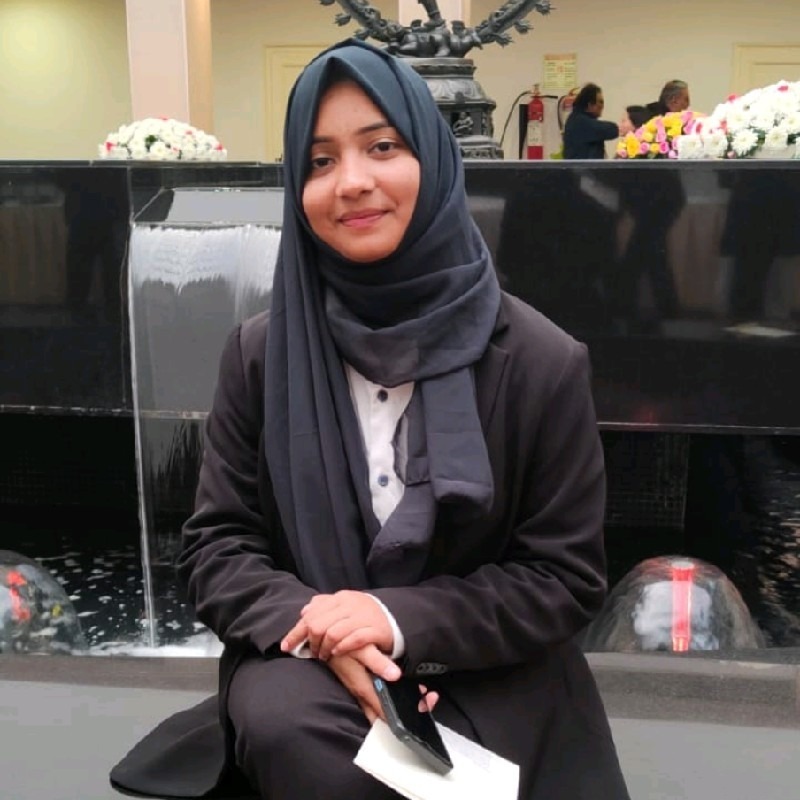
The Collegium System and Its Criticism
The Collegium System and Its Criticism
- Muskan Malviya, National Law University, Odisha
In their respective ways all three sections of the democratic system are relevant. But judiciary is considered to be the most relevant. Justice doesn\'t just have to be done – it has to be seen. In a democracy,it is critical that the judiciary and the justice system as a whole are impartial and independent of outside and internal powers, Ensure that those involved and the general public feel assured that their cases are dealt with equally and according to the rules. Judicial independence assumes, however, that judges have the ability to carry out their judicial duties without litigants getting involved, the judiciary, the government or influential persons or corporations,like big companies. This is an essential concept, since courts always settle issues between the person and the government, and between the people and the powerful.India\'s constitution adopts various instruments to guarantee independence judiciary in line with both legislative and democratic supremacy theories. In India, for example “habeas corpus,injunction, mandamus, quowarranto, and certiorari”, the judiciary has the authority to grant writs. The selection process for judges also guarantees judicial equality in India. India\'s Supreme Court opened on 28 January 1950. This replaced the Federal Court of India established under the 1935 Government of India Act. The process for appointing and rotating judges of the Supreme Court / High Court is named "Collegium Mechanism”. The arrangement of the Collegium is that in which “the Indian Chief Justice and a committee of four senior judges from the Supreme Court recommend nominations and the relocation of judges”. Judges\' appointment process also ensures equality of justice in India. On 28 January 1950, the Supreme Court of India opened. It replaced the Federal Court of India, set up by the Government of India Act of 1935.
History of the collegium system:-
Due to the constitution , the President appoints a judge to the supreme court on the recommendation of the faculty as found by the court in the three cases. “Then come the three cases - S. P. Gupta v. Union of India – 1981,Supreme Court Advocates-on Record Association vs Union of India – 1993 and In re Special Reference 1 of 1998.”
First Judges Case: In “S P Gupta Vs Union of India, 1981,the Supreme Court decided by a majority opinion that the principle of primacy of India\'s Chief Justice was not automatically to be included in the Constitution. This held that the proposal for an appointment by the High Court may come from all of the constitutional functionaries mentioned in Article 217, and not necessarily from the chief justice of the High Court”.The constitutional bench also maintained that the word"consultation used in Articles 124 and 217 was not a competition meaning that the President should meet with these authorities, his decision was not bound to compete with them all.”In high court appointments the ruling tilted the balance of power on behalf of the president.
Second Judges Case: In “Supreme Court Advocates-on-Record Association Vs Union of India, 1993,a nine-judge Constitutional Bench overruled the decision in S P Gupta case and created a special method called the \'Collegium Process\' for nominating and moving judges to the higher judiciary. Underlining that the top court would act in protecting the reputation and safeguarding the independence of the judiciary," the majority decision gave the CJI primacy in selection and transition matters while also finding that the word "consultation" would not weaken the CJI\'s primary position in court assignments.The position of the CJI is primary in nature since the executive can not have an equal say in the matter because this is a issue within the judicial family. The collegium framework, the court said the CJI would make the suggestion in consultation with its two senior majority peers and the executive would usually give force to such suggestion. He added that while it was open to the executive to ask the college to rethink the matter if it had an opposition to the proposed term, if the college repeated the recommendation after reconsideration, the executive was obliged to make the appointment.
Third Judges Case: In 1998, President K R Narayanan submitted a Presidential Reference to the Supreme Court on the definition of the word \'consultation\' pursuant to Article 143 of the Constitution. The question was whether \'consultation\' involved consultation with other judges to shape the opinion of the CJI, or whether CJI\'s single opinion may constitute a \'consultation\' by itself. In reaction, the Supreme Court laid out nine rules for the Coram \'s working for promotions and changes, which has become the present structure of the collegium, which has since become prevalent.This opinion stipulated that the CJI and its four senior most peers would make the decision, instead of two.
Criticism of Collegium System:-
The SC \'s position on the establishment of the Collegium system was regarded as undemocratic in the sense that, in cases of appointment and transfer, the main decision-makers were the judges, i.e. the chief justice, and two senior judges, most of whom are not accountable to the masses and therefore can not be considered proper and responsible decision-makers. Therefore power can not be concentrated in the hands of them. A distinction was made between appointments and functioning which stated that in matters relating to the functioning of the judiciary, the executive may have no say but the position of executive can not be diminished or disregarded when it comes to appointments.Another concern with the college system is that, for different causes of caste and other political and religious factors, it has struggled to keep up with the stagnant vacancies. According to the Ministry of Law and Justice in 2004, there were 143 vacancies of 714 left almost 20 per cent vacant in 21 High Court against approved. The bid loophole in the framework applies to a judge\'s competence and can not be determined on the basis of seniority alone.
This program can not accurately assess legitimacy, since it is far from the public eye. No intelligence collection process exists to collect and track the technical and personal history of prospective appointees.The greatest flaw in this system because of the fact that inspite of becoming a monarchy, the judges nominate judges in India.
The Collegium framework was also criticised on procedural grounds by India\'s 214th law commission. It said by examining the structure of colleges on constitutional basis that the term \'collegium\' was not initially used by the constitution, and the case of S.P Gupta brought about its use through its use. The judgment used the term "collegium" in paragraph 29-" There must be a collegium to make suggestions etc”. The study stated that, under the Supreme Court \'s interpretive authority, the introduction of terms is not allowable. The court must read the constitution directly, and not add terms to lend meaning to the definition.If the constitution makers decided to set up a commission for the selection of judges, in the constitution itself they would have specifically provided for the same. Also after recognizing the division of government and judiciary pursuant to Article 50 the constitution upholds the fundamental democratic principle. Thus the constitution-makers provided for the appointment of judges under Article 124(2) and Article 217. Therefore it allowed for the freedom of the judiciary which is also an important characteristic to maintain but it did not in any way promote the judocracy which the case of the second judges appears to facilitate.
The college system was also attacked by India\'s Law Commission in 2009 when it said that nepotism and political privilege was rife in the workings of the college system. There is no system of checks and balances which is necessary for a democracy by granting the judiciary a dominant position. In the Presidential Contrast, the balance of authority of the executive and judiciary provided for by Articles 124(2) and 217(1) of the Constitution was violated by the Supreme Court\'s decision on the condition of the second judge. In an interview with the Frontline Magazine in 2008 issue, former CJI, Shri Justice J.S Verma, who wrote the judgment in the case of the second judges, conveyed that – “My 1993 judgment, which holds the area, was very mistaken and misused. It was in that sense when I said that for some time now the operation of the decision poses important concerns which can not be considered irrational. So some sort of rethink is necessary.My judgment states that the method of nominating judges of the High Court and the Supreme Court is basically a collaborative or participatory exercise between the government and the judiciary, all of which take part”.
REFERENCES
[1] The collegium system – The Unveiled darkness,
<http://ijariie.com/AdminUploadPdf/Collegium_System_%E2%80%93_The_Unveiled_Darkness_ijariie5835.pdf> accessed on 21 May 2020.
[2] Drawbacks in collegium system can be overcome : P Sathasivam,
<https://economictimes.indiatimes.com/news/politics-and-nation/drawbacks-in-collegium-system-can-be-overcome-p-sathasivam/articleshow/21149303.cms> accessed on 24 May 2020.












